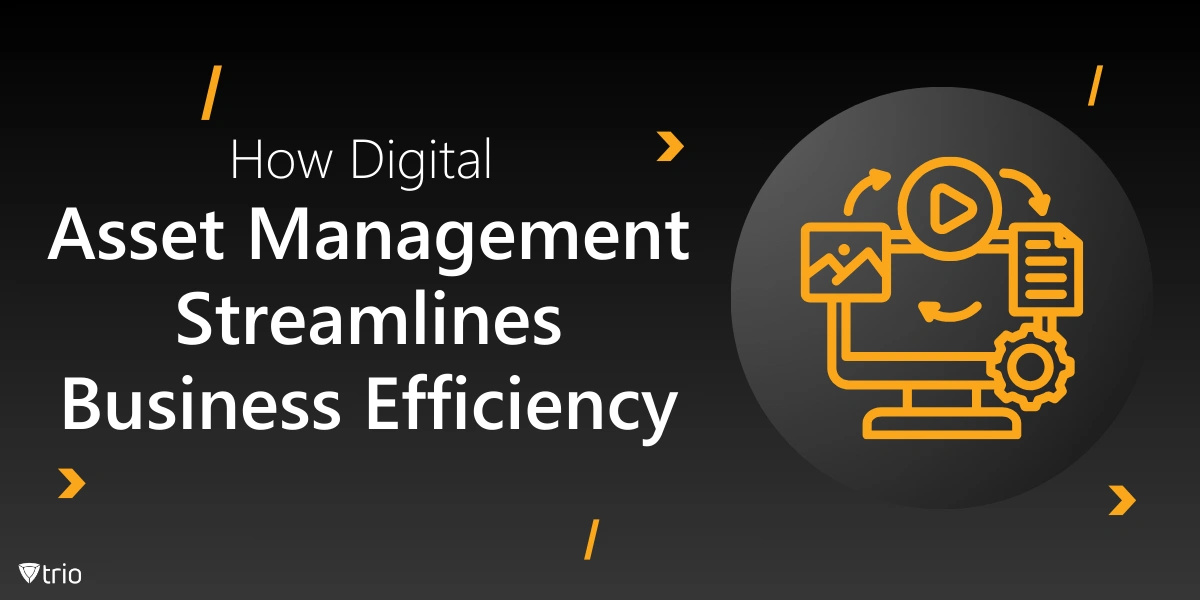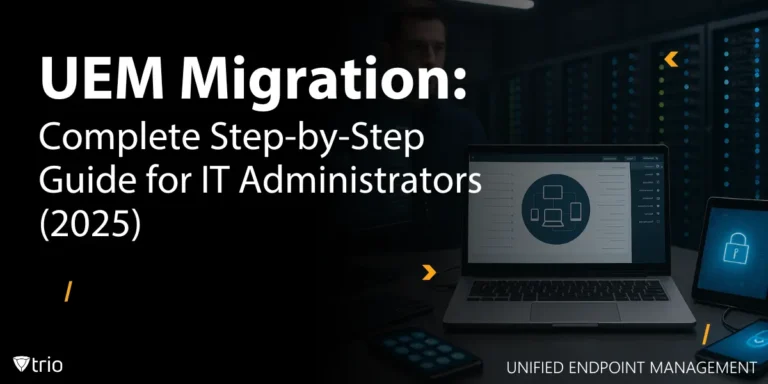In today's fast-paced digital environment, businesses produce and rely on vast amounts of digital assets. These assets can range from documents, images, videos, marketing materials, design files, and even proprietary data. It is anticipated that the digital asset market’s growth will result in a total projected revenue of US$46,320.0m by 2025. As the volume of digital content continues to grow, using asset management software efficiently has become a critical task for companies looking to maintain productivity, consistency, and data security. This is where Digital Asset Management (DAM) comes into play. A well-implemented Digital Asset Management system ensures that your company's digital resources are organized, accessible, and secure. In this blog, we’ll explore what DAM is, the key benefits it offers businesses, and how it can enhance the efficiency and security of digital content management.
What is Digital Asset Management?
Digital Asset Management (DAM) refers to the systematic organization, storage, and retrieval of digital assets in a centralized repository. A digital asset management system is a set of processes and tools that allow businesses to efficiently manage, store, and distribute digital files. A DAM solution ensures that all digital resources are available in a structured, searchable, and secure environment. A DAM platform provides a single location for assets such as:
- Documents (PDFs, Word files)
- Multimedia (images, videos, audio)
- Branding materials (logos, design elements)
- Presentations and marketing collateral
- Design files (Photoshop, Illustrator, etc.)
This allows businesses to control how these assets are stored, accessed, and shared, ensuring consistency and reducing redundancy or duplication of files.
Key Benefits of Digital Asset Management
Here are some of the key benefits of digital asset management:
1. Centralized Access and Control
One of the primary advantages of using a DAM system is having a centralized repository where all digital assets are stored and managed. This eliminates the chaos of assets being scattered across different devices, departments, or cloud storage solutions. With centralized access, employees can easily find, access, and use the materials they need from a single platform.
This structure improves efficiency by preventing time wastage caused by searching for files or recreating lost assets. Additionally, centralized access ensures that everyone is working from the same up-to-date versions of documents or media, maintaining brand consistency.
2. Enhanced Collaboration
In today's collaborative work environment, teams across departments or even geographical locations need easy access to digital assets. DAM platforms facilitate collaborative workflows by allowing multiple team members to upload, edit, and manage files in real-time. Team members can leave comments, suggest edits, or approve changes directly within the system.
DAM tools also allow businesses to set role-based permissions, ensuring that only authorized users can access, modify, or distribute certain files. This enhances both collaboration and control.
3. Improved Version Control
Managing different versions of digital assets is a common challenge for businesses. Without a structured system, it's easy to lose track of which version of a file is the most up-to-date, especially when multiple people work on the same asset.
A DAM system offers built-in version control, allowing users to track changes and maintain a history of edits. This ensures that employees always use the latest version of a file and can easily revert to previous versions if needed. For example, marketers can be confident that the images or logos they use in campaigns are the latest approved versions.
4. Time and Cost Efficiency
Digital assets like design files, videos, and presentations are often reused across various campaigns, projects, or departments. A DAM solution allows businesses to quickly retrieve assets without having to recreate them, saving valuable time and resources. It also reduces the risk of asset duplication, which can lead to unnecessary storage costs.
Additionally, a DAM system automates routine tasks such as resizing images, converting file formats, and tagging assets with metadata, further streamlining workflow and freeing up employee time for more value-added tasks.
5. Enhanced Security and Compliance
Security is a major concern when it comes to managing digital assets, especially for industries that handle sensitive or proprietary information. A DAM platform provides robust security features, including encryption, role-based access control, and detailed audit logs that track who accessed or modified an asset and when.
For industries with strict regulatory compliance requirements (e.g., healthcare, finance), DAM solutions help maintain compliance by offering detailed access records and ensuring that only authorized users can handle specific files. This makes it easier to prove compliance during audits and reduces the risk of data breaches.
6. Brand Consistency
For organizations with strong brand identities, maintaining brand consistency across all marketing channels and touchpoints is essential. DAM ensures that all employees, from marketers to sales teams, use the same approved assets (e.g., logos, fonts, colors) in their materials. This guarantees that external communications reflect the same branding, regardless of where or by whom they are created.

How Digital Asset Management Enhances Marketing Campaigns
For marketing teams, DAM is particularly useful in managing the large volume of content produced for campaigns. Whether it's images for social media, video assets for a new product launch, or templates for email marketing, DAM allows marketing teams to easily find, update, and distribute the materials needed to execute campaigns effectively.
Marketing campaigns often involve multiple channels—email, social media, web, print, and more—and maintaining consistency across these channels is critical. DAM systems enable marketers to store and access assets specific to each channel, ensuring consistent and timely content delivery.
1. Faster Campaign Execution
With all assets organized and accessible, marketing teams can speed up campaign execution. DAM platforms often integrate with other marketing tools (e.g., content management systems, social media platforms), allowing assets to be quickly pulled into campaigns without the need to upload or download them manually.
2. Data-Driven Decisions
Most DAM solutions come with analytics features that track how often assets are used, who is using them, and for what purpose. These insights allow marketing teams to assess which assets are performing well and optimize future campaigns based on data, ensuring better ROI from their content efforts.
Conclusion: The Future of Digital Asset Management
As businesses continue to evolve in the digital age, the need for efficient digital asset management will only increase. By investing in a DAM system, organizations can reduce time wasted searching for files, prevent the risk of asset duplication, and ensure that all teams are working with up-to-date, approved content.
A Digital Asset Management platform like a Mobile Device Management (MDM) solution can help manage digital assets more effectively, reducing costs, improving security, and enhancing collaboration across departments. Our recommendation would be Trio. Whether you're a small business or a large enterprise, Trio is a powerful tool for managing the growing complexity of digital content. Looking for a robust solution to manage your digital assets? Try Trio's free trial today and discover how it can transform your business.
Get Ahead of the Curve
Every organization today needs a solution to automate time-consuming tasks and strengthen security.
Without the right tools, manual processes drain resources and leave gaps in protection. Trio MDM is designed to solve this problem, automating key tasks, boosting security, and ensuring compliance with ease.
Don't let inefficiencies hold you back. Learn how Trio MDM can revolutionize your IT operations or request a free trial today!





